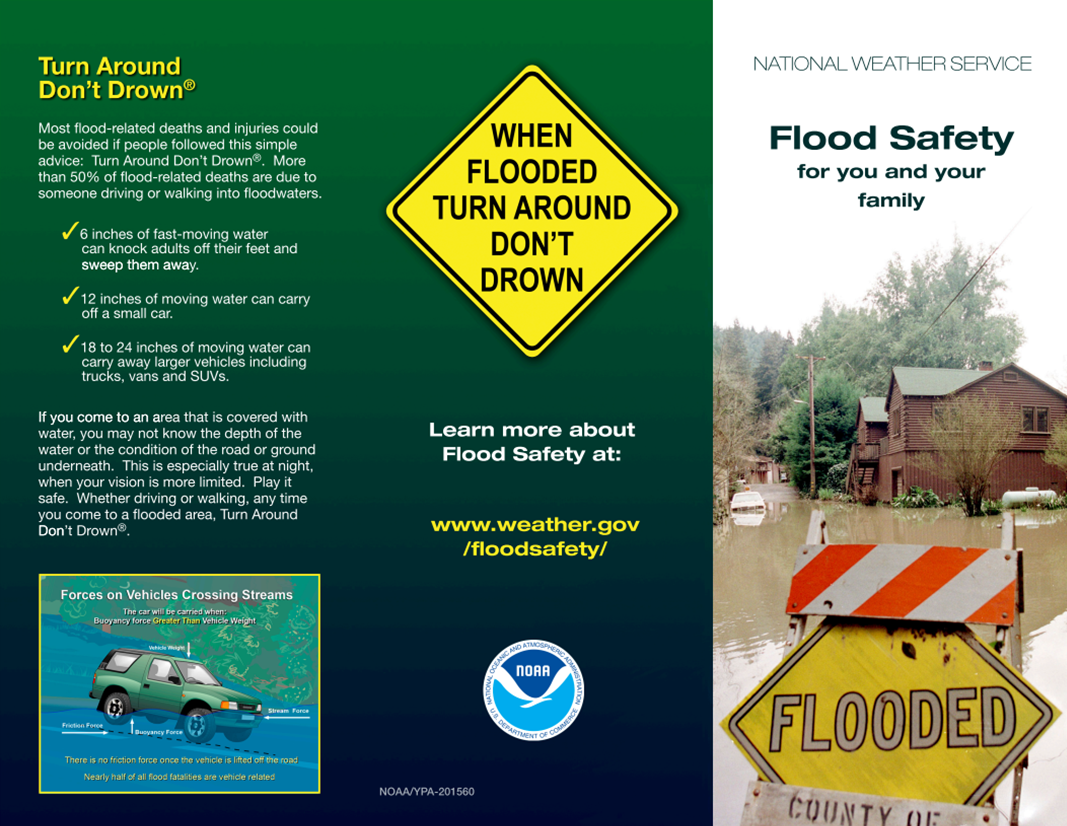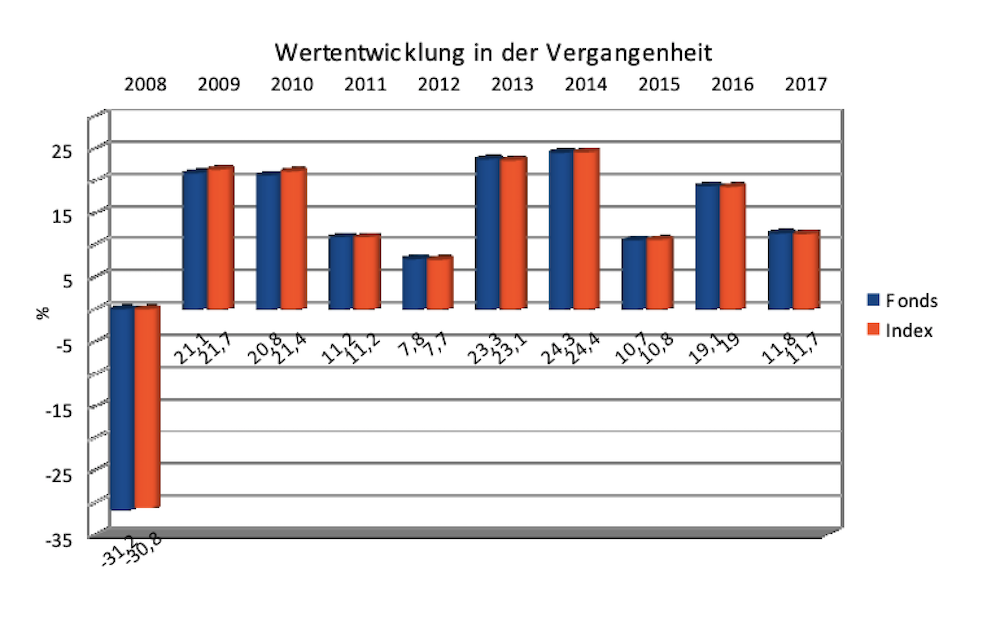Severe Weather Awareness Week Day 5: Flood Safety Tips And Preparedness

Table of Contents
Understanding Flood Risks in Your Area
Knowing your risk level is crucial for effective flood preparedness. This involves identifying flood-prone zones and recognizing warning signs. Ignoring these factors significantly increases your vulnerability during a flood event.
Identifying Flood-Prone Zones:
Knowing if your property is in a high-risk flood area is the first step towards effective flood safety. Several resources can help you assess your risk:
- Use online resources to find your flood risk: The Federal Emergency Management Agency (FEMA) provides detailed flood maps online. These maps illustrate areas with varying flood risks, helping you understand your potential vulnerability. Many local government websites also offer similar information specific to your community.
- Contact your local emergency management agency: Your local emergency management agency is a valuable resource. They can provide specific information about your area's flood history, evacuation routes, and preparedness recommendations.
- Consider elevation and proximity to water sources: Properties located in low-lying areas, near rivers, streams, or coastal regions are inherently more susceptible to flooding. Understanding your property's elevation and its proximity to potential water sources can give you a clearer picture of your risk.
Recognizing Flood Warning Signs:
Recognizing the early warning signs of a potential flood is crucial for timely evacuation and minimizing potential damage. Familiarize yourself with the following indicators:
- Rapidly rising water levels: A sudden and noticeable increase in water levels in rivers, streams, or other bodies of water indicates an immediate threat.
- Heavy rainfall: Prolonged and intense rainfall can quickly overwhelm drainage systems and lead to flash floods.
- Overflowing rivers or streams: When rivers or streams overflow their banks, it signifies a high risk of widespread flooding in nearby areas.
- Official flood warnings/watches issued by weather services: Pay close attention to weather alerts and warnings issued by national and local weather services. These warnings provide crucial information about impending flood threats and recommended actions.
Creating a Flood Preparedness Plan
Developing a comprehensive flood preparedness plan is essential for protecting your family and property. This plan should include an evacuation strategy, an emergency kit, and measures to protect your property.
Developing an Evacuation Plan:
Having a well-rehearsed evacuation plan is critical in the event of a flood.
- Identify multiple escape routes: Plan several different evacuation routes to ensure flexibility in case one route becomes impassable due to flooding.
- Designate an out-of-town contact: Choose a friend or relative outside your immediate area as a contact point for family members to check in with after evacuation.
- Pack an emergency kit (detailed below): Having a pre-packed emergency kit ensures you have essential supplies readily available during an evacuation.
- Know your local evacuation zones: Familiarize yourself with your community's designated evacuation zones and understand the procedures for evacuation.
Assembling a Flood Emergency Kit:
Your emergency kit should contain essential supplies to sustain you and your family for several days.
- Water: One gallon of water per person per day for at least three days is recommended.
- Non-perishable food: Stock up on easy-to-prepare, non-perishable food items that require minimal cooking.
- Flashlights and batteries: Ensure you have reliable light sources in case of power outages.
- First-aid kit: A well-stocked first-aid kit is essential for addressing minor injuries.
- Medications: Include any necessary prescription medications, ensuring you have an adequate supply.
- Important documents (copies): Keep copies of important documents, such as insurance policies, identification, and financial records, in a waterproof container.
- Cash: Have some cash on hand, as ATMs may be inaccessible during a flood.
- Blankets: Blankets provide warmth and protection against the elements.
Protecting Your Property:
Taking proactive steps to protect your property can significantly reduce flood damage.
- Elevate electrical appliances and valuable items: Move electrical appliances and valuable items to higher ground to prevent water damage.
- Install flood barriers or sandbags: Consider installing temporary flood barriers or sandbags to protect your property from rising waters.
- Clear gutters and drains: Regularly clean gutters and drains to ensure efficient water drainage and prevent water buildup.
- Consider flood insurance: Flood insurance can provide financial protection against flood-related damages. It's a crucial step in overall flood preparedness.
Staying Safe During a Flood
Your actions during a flood are critical for your safety. Prioritize evacuation, and if trapped, take the necessary precautions to protect yourself.
Evacuate When Instructed:
Promptly obey all evacuation orders issued by authorities. Flooding can rapidly worsen and become life-threatening.
- Heed warnings from authorities: Always follow the instructions and recommendations provided by local emergency management officials.
- Never drive through flooded areas: Floodwaters can be deeper and faster-flowing than they appear, making driving through them extremely dangerous. "Turn around, don't drown" is a critical safety message to remember.
If Trapped:
If you become trapped by rising floodwaters:
- Seek higher ground: Find a safe elevated location, such as the upper floor of a building or a sturdy piece of elevated furniture.
- Signal for help: Use bright clothing, flares, or other signals to attract attention and alert rescue crews.
- Conserve your energy: Stay calm and avoid unnecessary exertion to conserve your energy.
- Stay calm: Panic can impair judgment and hinder your ability to make sound decisions.
Post-Flood Safety:
After the floodwaters recede, be aware of lingering dangers.
- Watch out for downed power lines: Downed power lines pose a serious electrocution risk and should be avoided.
- Contaminated water: Floodwaters are often contaminated with sewage and other harmful substances. Avoid contact with floodwaters.
- Damaged structures: Buildings damaged by floods may be structurally unsound and pose a collapse risk.
- Avoid floodwaters which may contain harmful substances: Floodwater can contain hazardous materials, bacteria, and viruses. Avoid contact to prevent illness.
Conclusion:
This Severe Weather Awareness Week, we've emphasized the critical importance of flood safety and preparedness. By understanding flood risks, developing a comprehensive preparedness plan, and taking appropriate actions during and after a flood, you can significantly reduce potential harm. Remember, proactive flood preparedness saves lives and minimizes property damage. Take steps today to improve your family's flood safety. Learn more about flood safety and preparedness in your area and take action to protect yourself and your loved ones.

Featured Posts
-
 The Economic Slowdown Forces Sse To Cut Spending By 3 Billion
May 25, 2025
The Economic Slowdown Forces Sse To Cut Spending By 3 Billion
May 25, 2025 -
 Dr Terrors House Of Horrors A Guide To The Thrills
May 25, 2025
Dr Terrors House Of Horrors A Guide To The Thrills
May 25, 2025 -
 L Evolution Du Francais Selon Mathieu Avanzi
May 25, 2025
L Evolution Du Francais Selon Mathieu Avanzi
May 25, 2025 -
 Amundi Dow Jones Industrial Average Ucits Etf How Nav Impacts Your Investment
May 25, 2025
Amundi Dow Jones Industrial Average Ucits Etf How Nav Impacts Your Investment
May 25, 2025 -
 M56 Road Closure Current Traffic And Accident Updates
May 25, 2025
M56 Road Closure Current Traffic And Accident Updates
May 25, 2025
